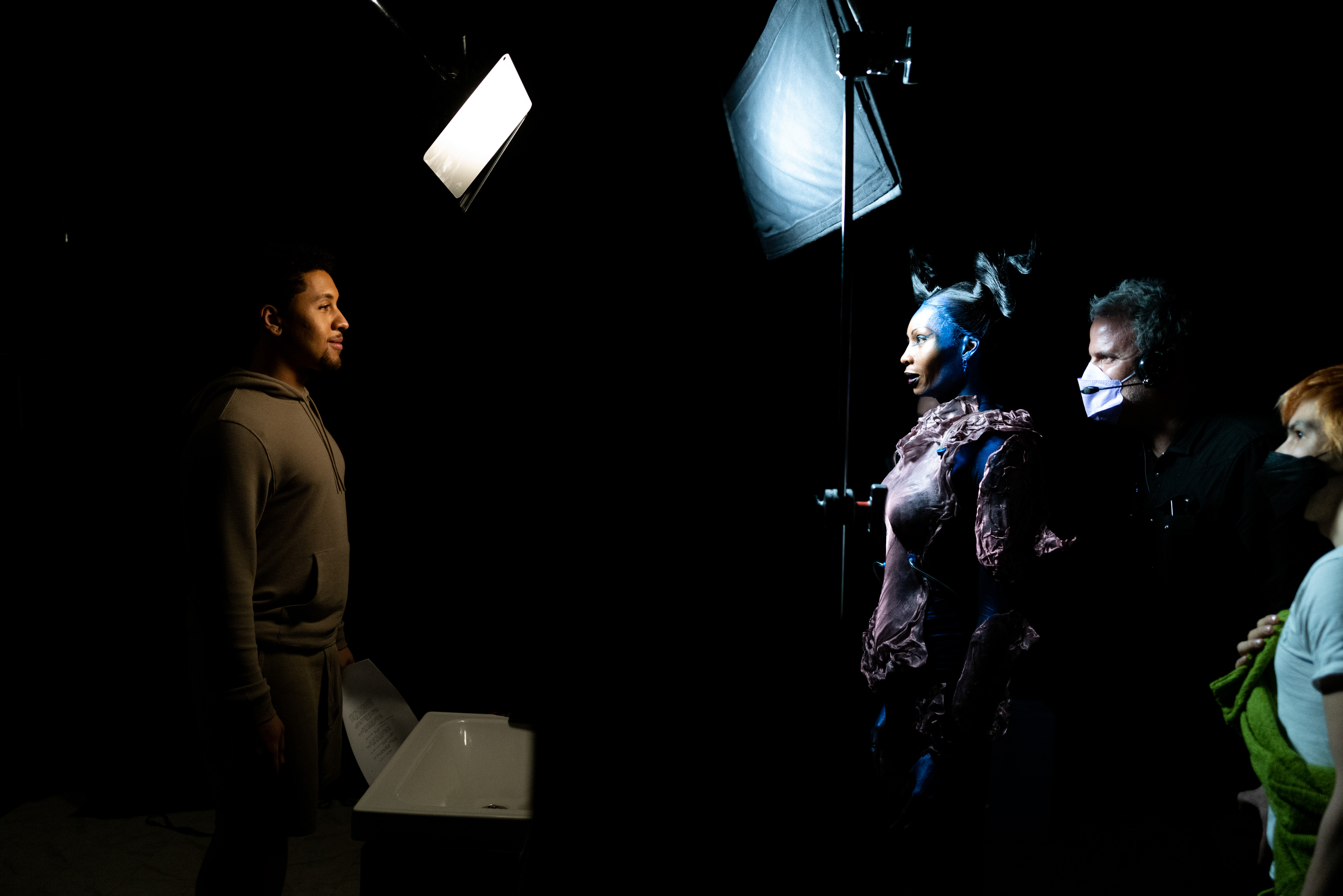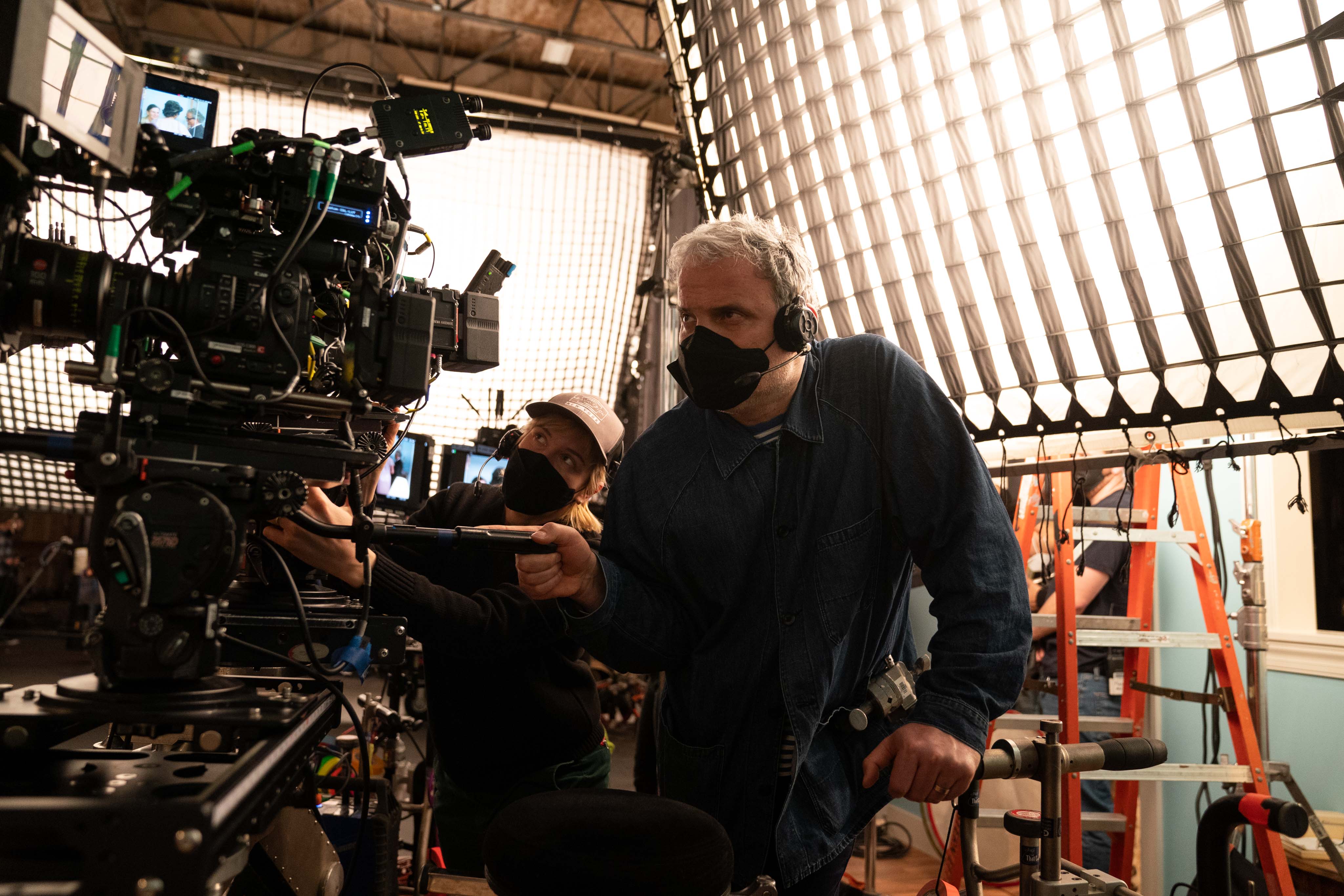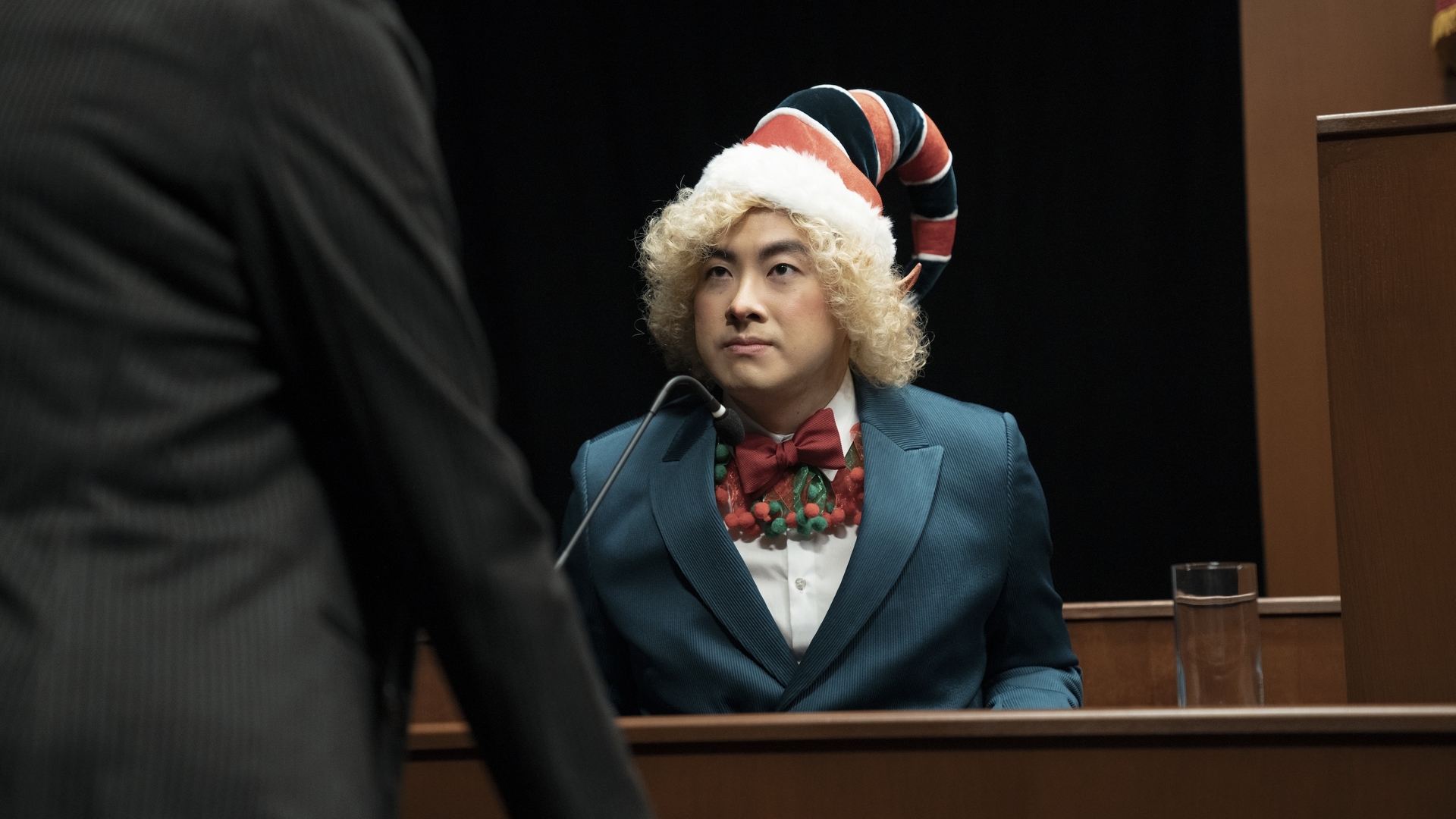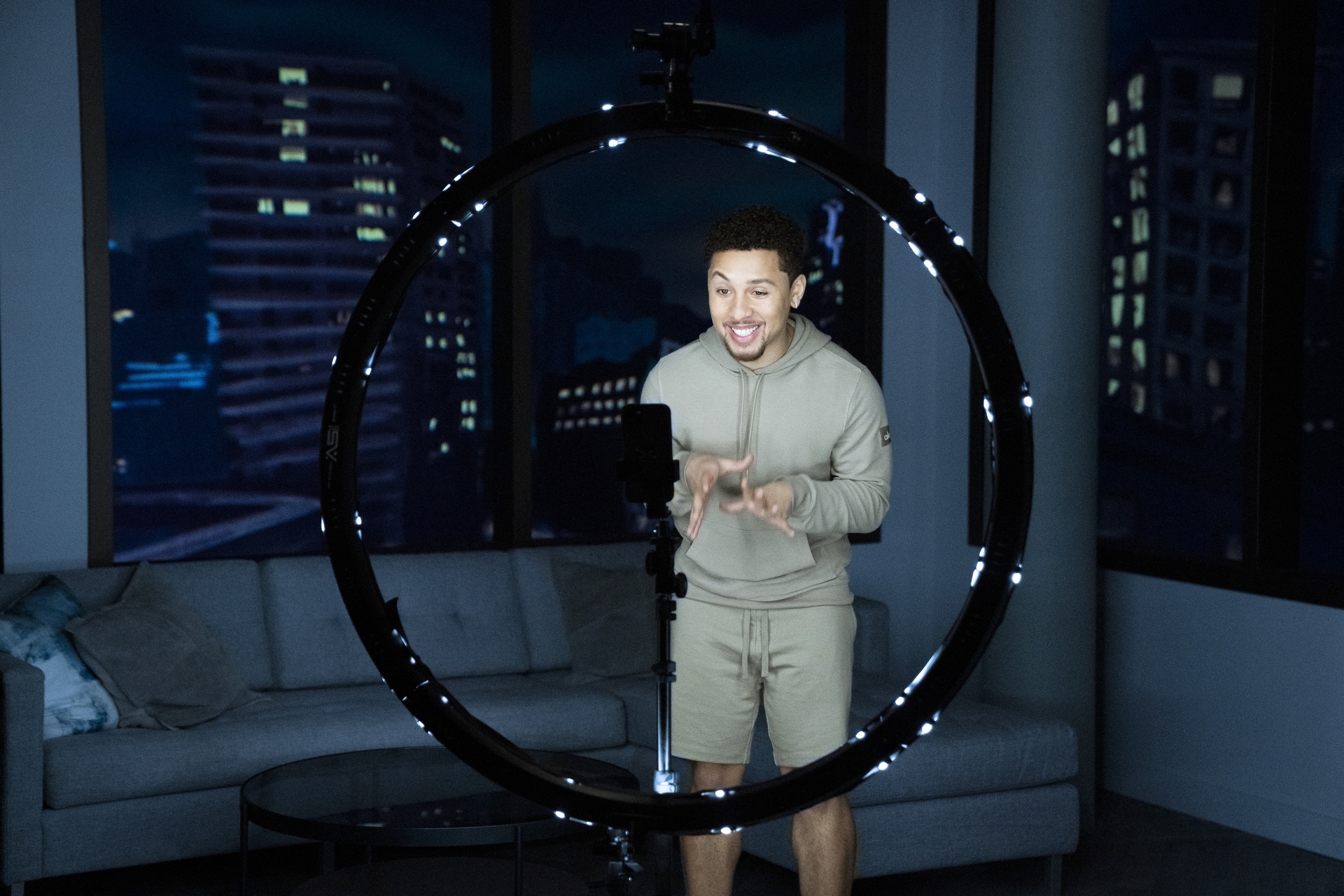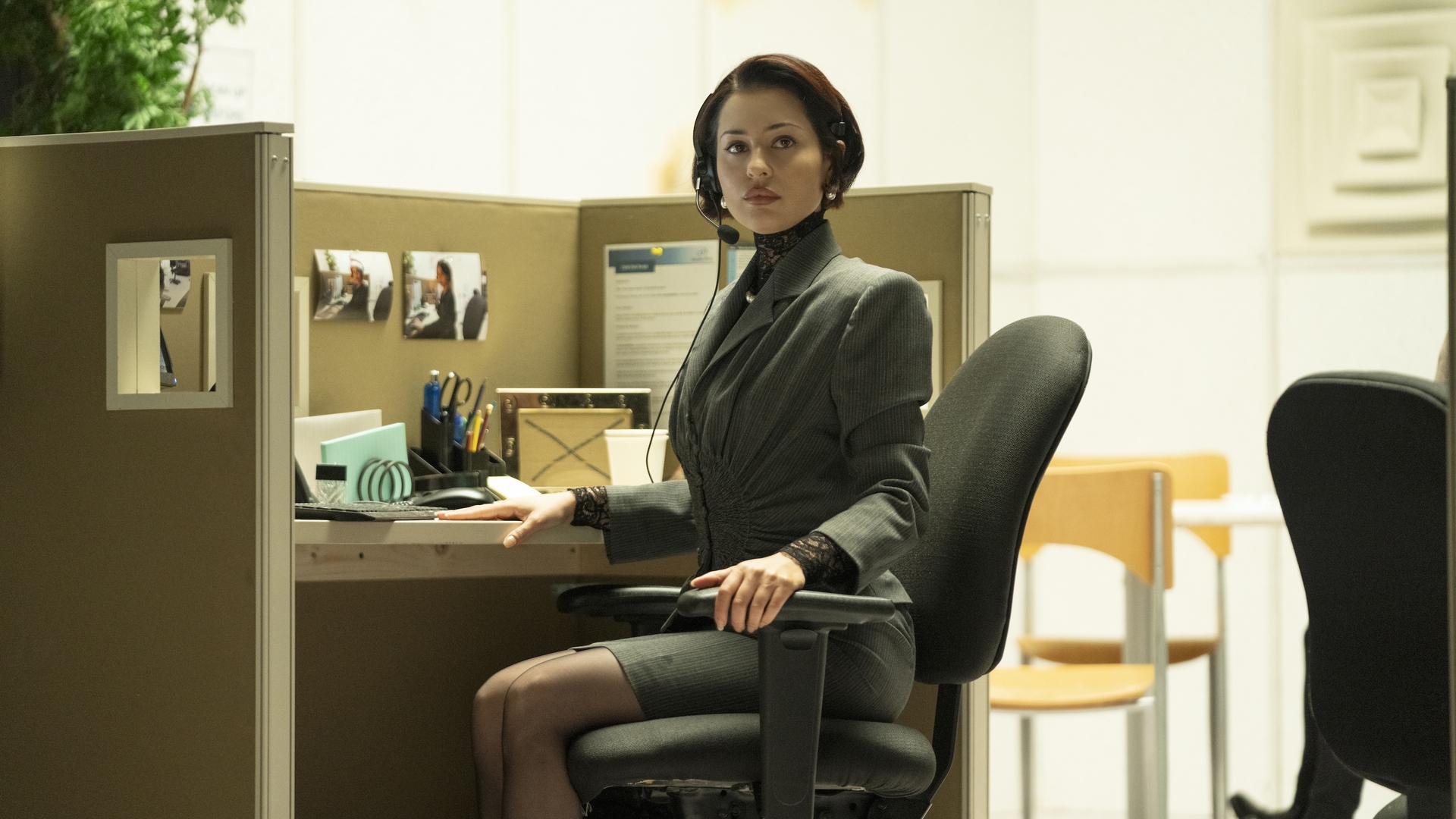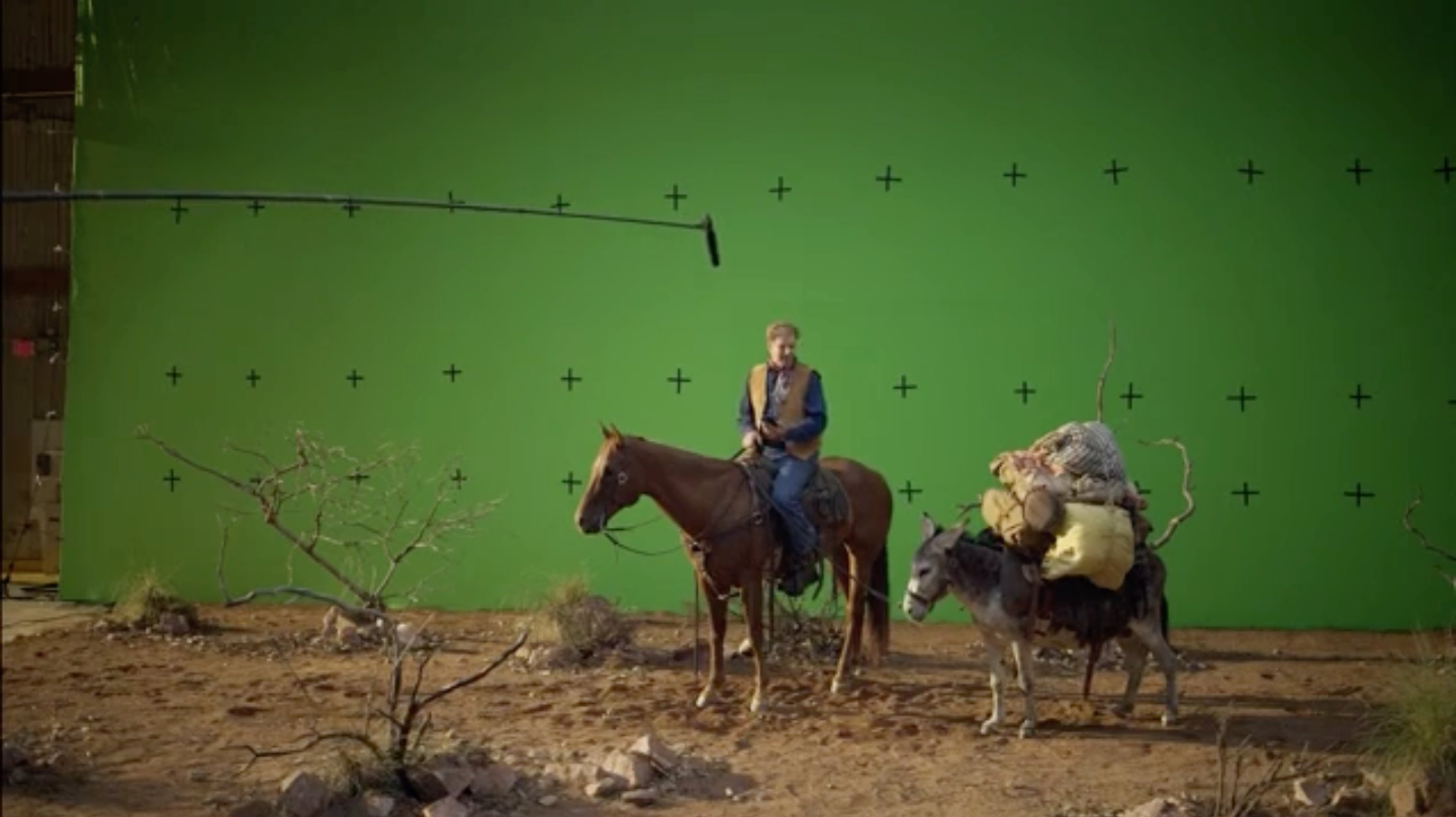The Spectral Vision of Fantasmas: Inside Cinematographer Sam Levy’s Frame

By: Ellie Powers
All photos courtesy of HBO Max
In Julio Torres’ Max original series Fantasmas (Spanish for "ghosts"), while the characters are not literal ghosts, cinematographer Sam Levy approached the filming as though they were. By blending in-camera techniques with DI tools, Levy collaborated closely with the creative team—including gaffer Jason Velez, key grip Chris Keenan, production designer Tommaso Ortino and costume designer Chloe Karmin—to faithfully honor Torres’ unique artistic vision for the series.
Levy sought to capture as much of the supernatural look in-camera as possible, utilizing a vintage Canon 50mm Dream Lens and rear projection on set. Anything that couldn’t be achieved practically was enhanced by Senior Colorist Damien Vandercruyssen during the DI process. Levy’s goal was to “create something unique, but not merely for its own sake—we aimed to honor the material while delivering the bold visual flourish Julio envisioned.”
“Emulation of Reality” with Rear Projection
Rear projection is an on-set special effect where images or scenes are projected onto a screen behind the actors, creating the illusion of a background or environment. This technique allows for the integration of live-action with pre-filmed footage, enhancing the realism and depth of the scene
“Though these characters are supernatural, they aren’t exactly ghosts,” Levy explains. “It’s more of a suggestion, and the world they inhabit isn’t entirely real, but rather an emulation of reality.” Since the series was shot entirely on a stage with controlled lighting, rear projection became a crucial tool for creating the otherworldly environment essential to achieving the desired mood.
“Rear projection offered us significant creative opportunities,” Levy explains. “We used it to create abstract effects in-camera, sometimes by projecting directly onto the actors or into the lens. I hadn’t explored this approach to such an extent before—I’ve experimented with projection, but never like this.”
The team tested various backdrops for rear projection and ultimately chose black muslin. While it added texture, it required extensive adjustments to get the lighting just right due to its minimal reflection. During the DI process, Vandercruyssen skillfully isolated and enhanced the projections' colors.
Glowing with Halation
During the DI process, the team focused primarily on halation, though they also refined the rear projections. While the Canon 50mm Dream Lens achieved a certain level of glow, it was during DI that the team fully realized and enhanced the desired look. ‘Halation’ refers to the effect where bright light sources create a halo or glowing aura around the edges of the image. This phenomenon occurs when light scatters within the camera lens or film, causing a soft, diffused glow.
Levy achieved as much as possible in-camera, explaining, “Whenever there was a bright light, I used lensing and filtration to create an orb-like quality, particularly highlighting Julio’s and Martine’s (Vanesja) skin tones. With talented actors like Paul Dano and Natasha Lyonne, we aimed to make their appearances shimmer and take on an ethereal quality.”
Levy describes how “Damien truly grasped the poetry of the otherworldly effects and knew how to make them ebb and flow. He isolated bright elements and used Baselight’s halation tool to enhance them beyond anything I’d achieved before Fantasmas.” Together with Vandercruyssen, they carefully tested and adjusted the color and halation to find the balance where the image remained cohesive and impactful without becoming overwhelming or distracting.
Levy adds that “Damien is one of the great colorists of our time, whose mastery in color grading significantly elevated the project's visual artistry.”
Levy also highlights the exceptional infrastructure at Harbor, noting, “One of the great aspects of working here is the remarkable team, including Head of Color Science Matt Tomlinson, Senior Colorist Joe Gawler, Executive Director of Feature & Episodic Kevin Vale, and Executive Producer Liz Niles. Their deep obsession with color science and image density provides a solid foundation that supports and elevates great artistry.”
Vandercruyssen notes that as it was his first time working with either Sam or Julio, “it was a real jump into quite a unique vision. Pulling from a wide range a references, the show has a rich and diverse look. The nature of the show with the sketches allowed to explore even more variations, always playing with certain degrees of halation and diffusion, saturation, contrast. For a show with only six episodes, I felt we had at least a dozen of looks that made up one big Fantasmas world.”
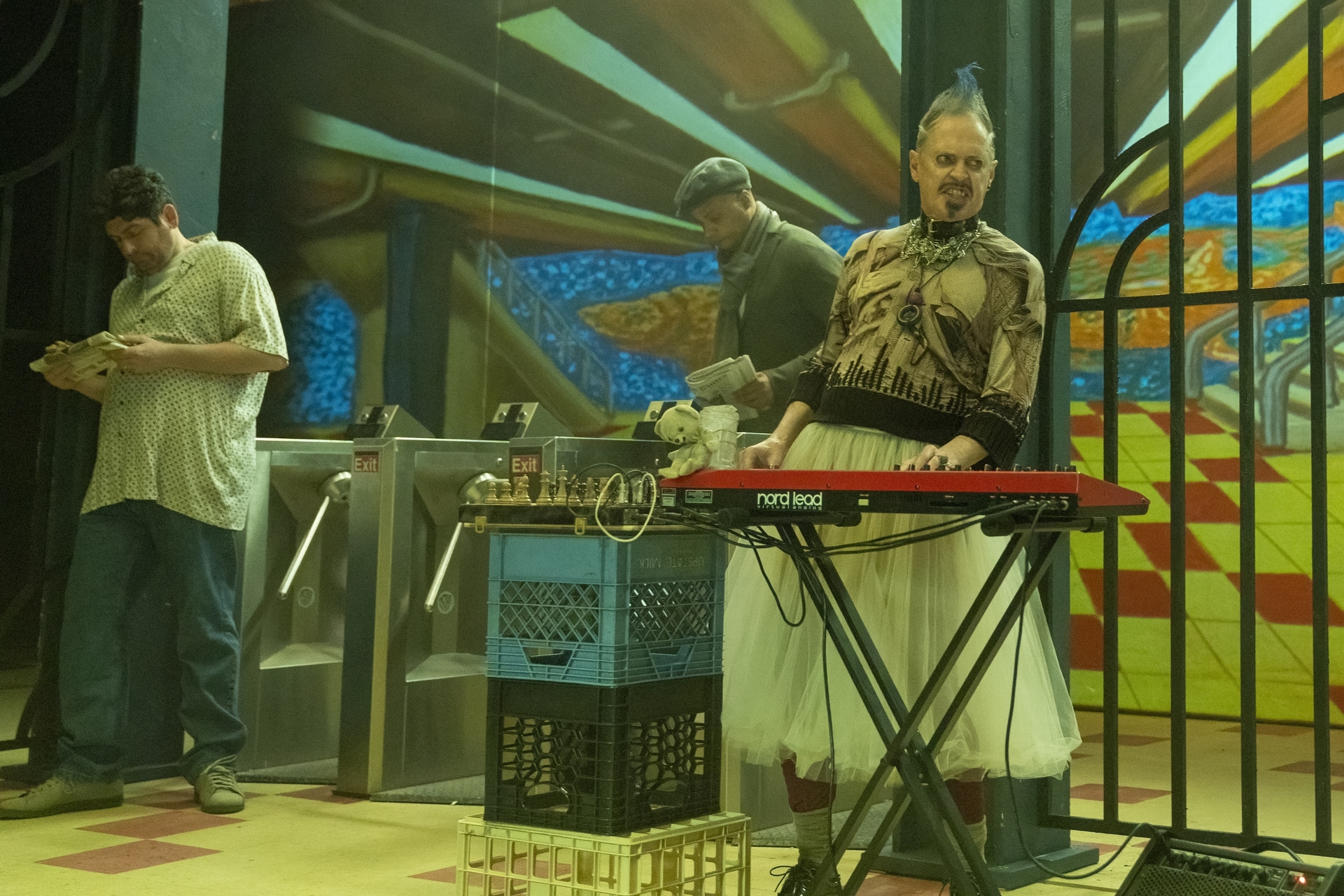
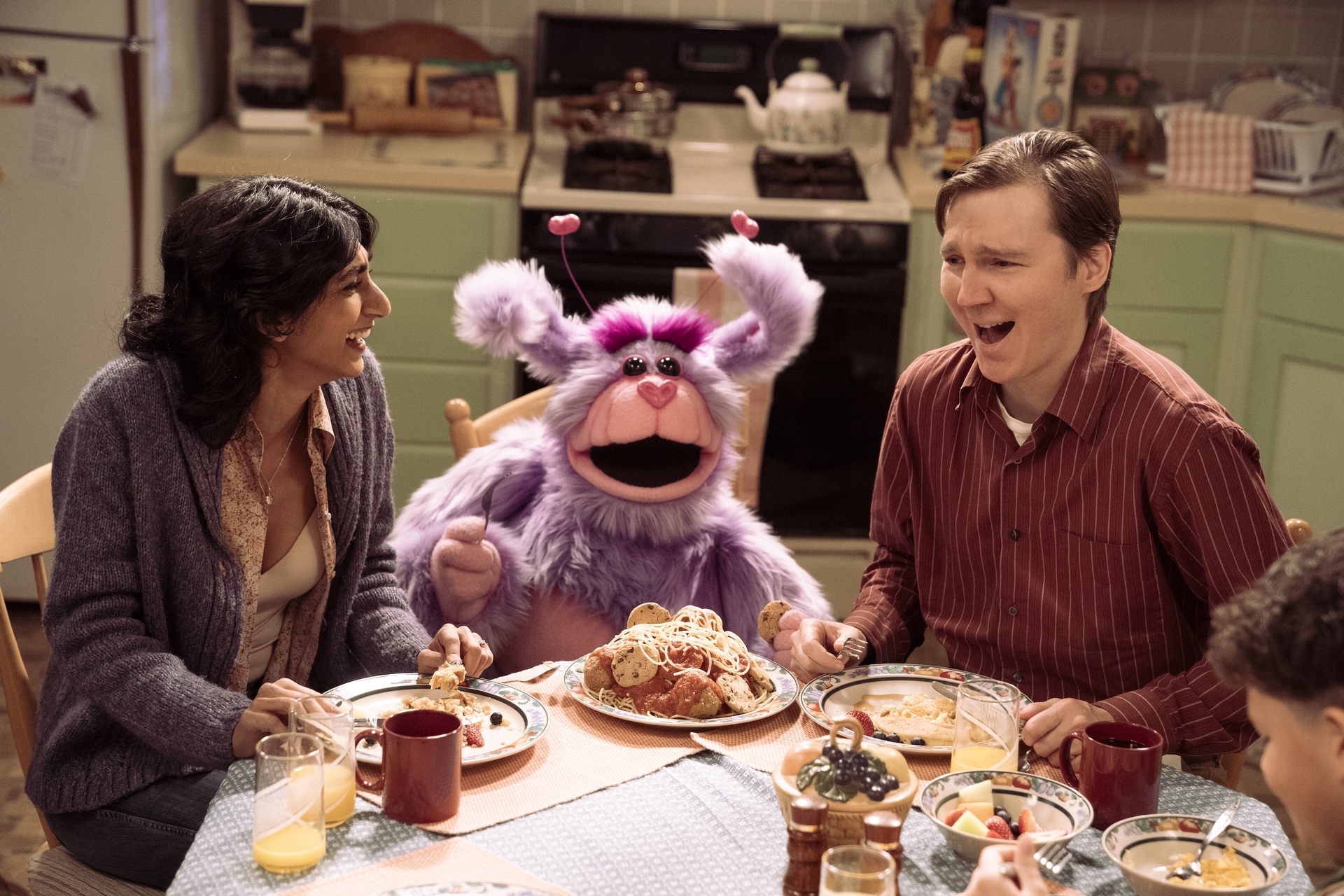

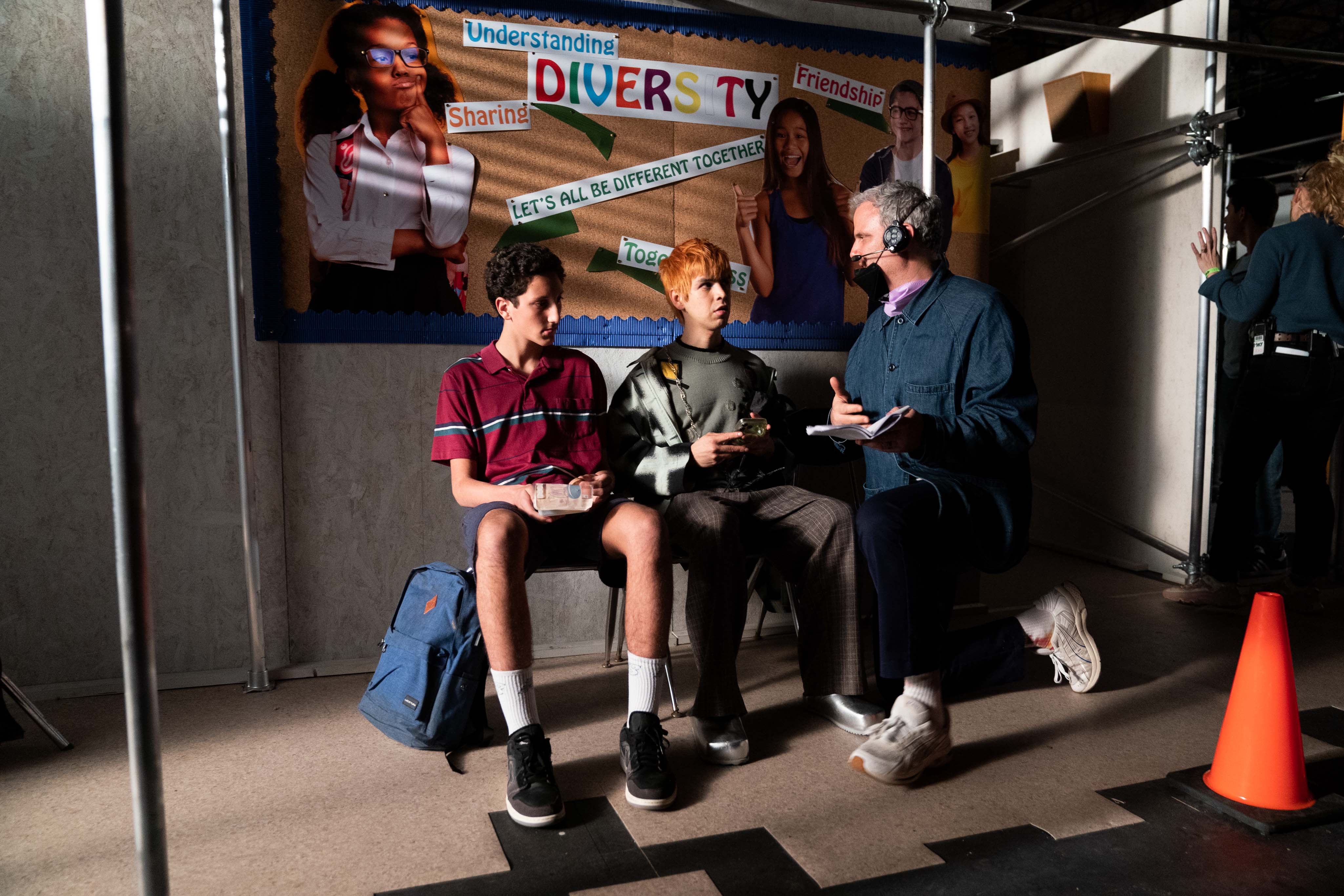
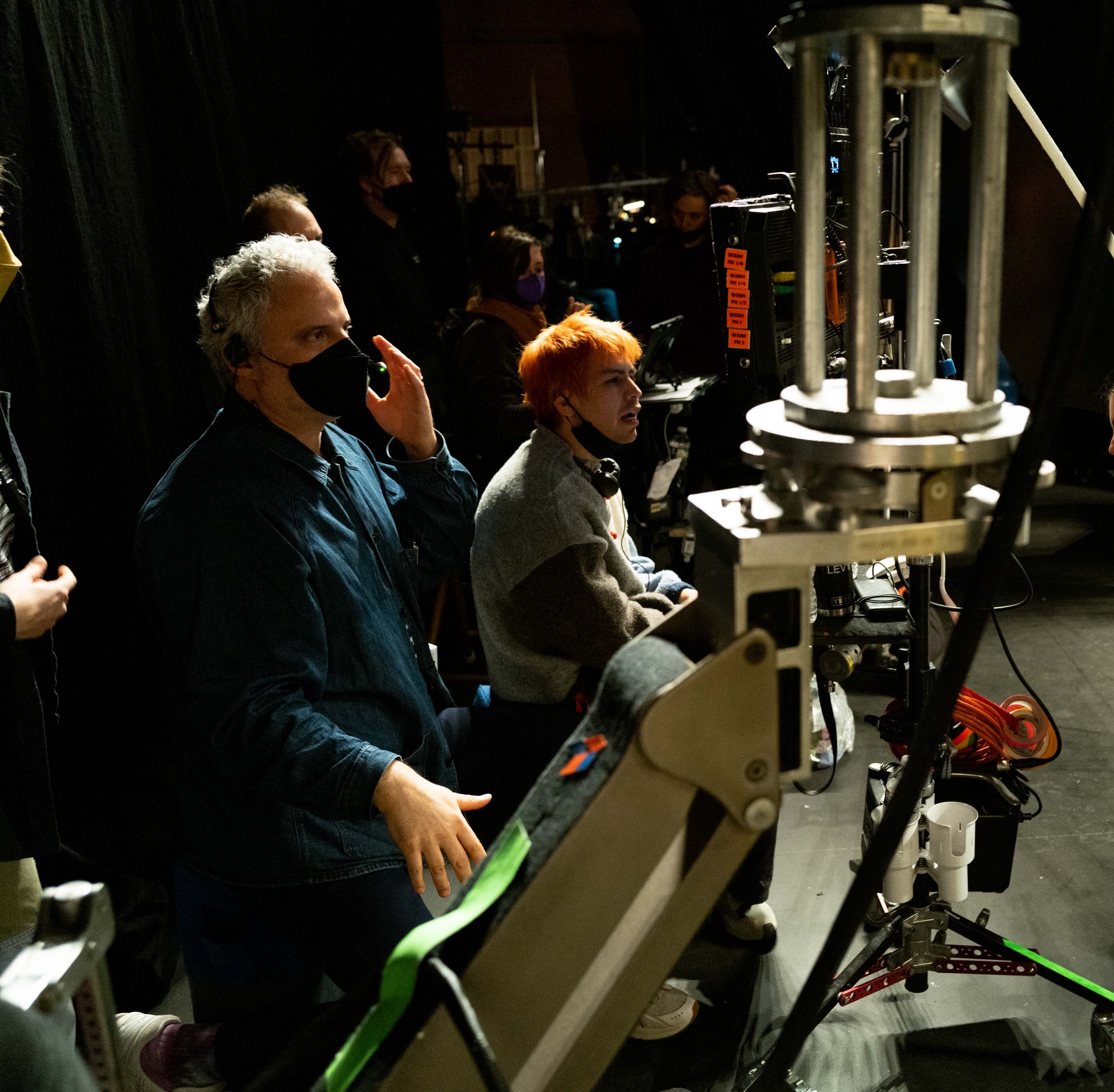
Realizing a Singular Vision
The team worked to craft Torres’ world, and Levy notes the process was highly collaborative and Torres welcomed experimentation and new ideas with open arms.
“Julio wrote an incredible script himself—no other writers, no writers’ room—and directed every episode while also starring in each one. It’s truly his vision and creation,” Levy explains of his role in the production. He recalls how supportive Torres was when, toward the end of the shoot, Levy suggested capturing a “heroic” dolly shot of Julio walking with the rear projection. Levy aimed to create a dolly shot that spanned the expansive rear projection set of Fantasmas, seeking to cinematically utilize the full scope of the enormous stage on which they shot. He was pleased with the results, as the shot effectively bridged many of the show’s themes and visually united its various elements.
Levy and his team sought to blend traditional and modern techniques, working tirelessly to bring an apparitional quality to the photography. His approach draws on the essence of cinematography itself—manipulating light, projection, and dynamic camera movements to create a sense of kinetic energy that mirrors the ethereal themes of Fantasmas.
Finding Inspiration Everywhere
As this was Levy’s first collaboration with Torres, they thoroughly explored their influences and inspirations to ensure creative alignment. For Levy, this involved deeply understanding Torres’ unique vision and objectives.
Levy admired Torres’ meticulous approach to image building and their shared commitment to a diverse range of influences, from film and photography to video games and dance. Both contributed equally to the references and image development. Levy fondly recalls how their joint experience of attending a dance performance by the renowned German choreographer Pina Bausch at the Brooklyn Academy of Music further strengthened their collaborative bond.
Torres, Levy, and the creative team also drew inspiration from several films, including Mishima (Paul Schrader), with its black backgrounds and stage-like setting, Metropolis (Fritz Lang), and One from the Heart (Francis Ford Coppola). Levy specifically introduced One from the Heart for its theatrical and vividly colorful mise-en-scène.
Levy also recognized how Torres’ aesthetic complemented the work of French photographers Pierre et Gilles, known for their portraits with an “artificial, candy-like quality, where skin, hair, and bodies are extremely shiny,” as Levy explains. Levy introduced Torres to the work of Pierre et Gilles.
Torres also mentioned his interest in 2D and 3D video games, such as The Sims and World of Warcraft, to further illustrate his vision for the show. These diverse influences helped Levy and the team better understand and visualize Torres’ goals for the series.
